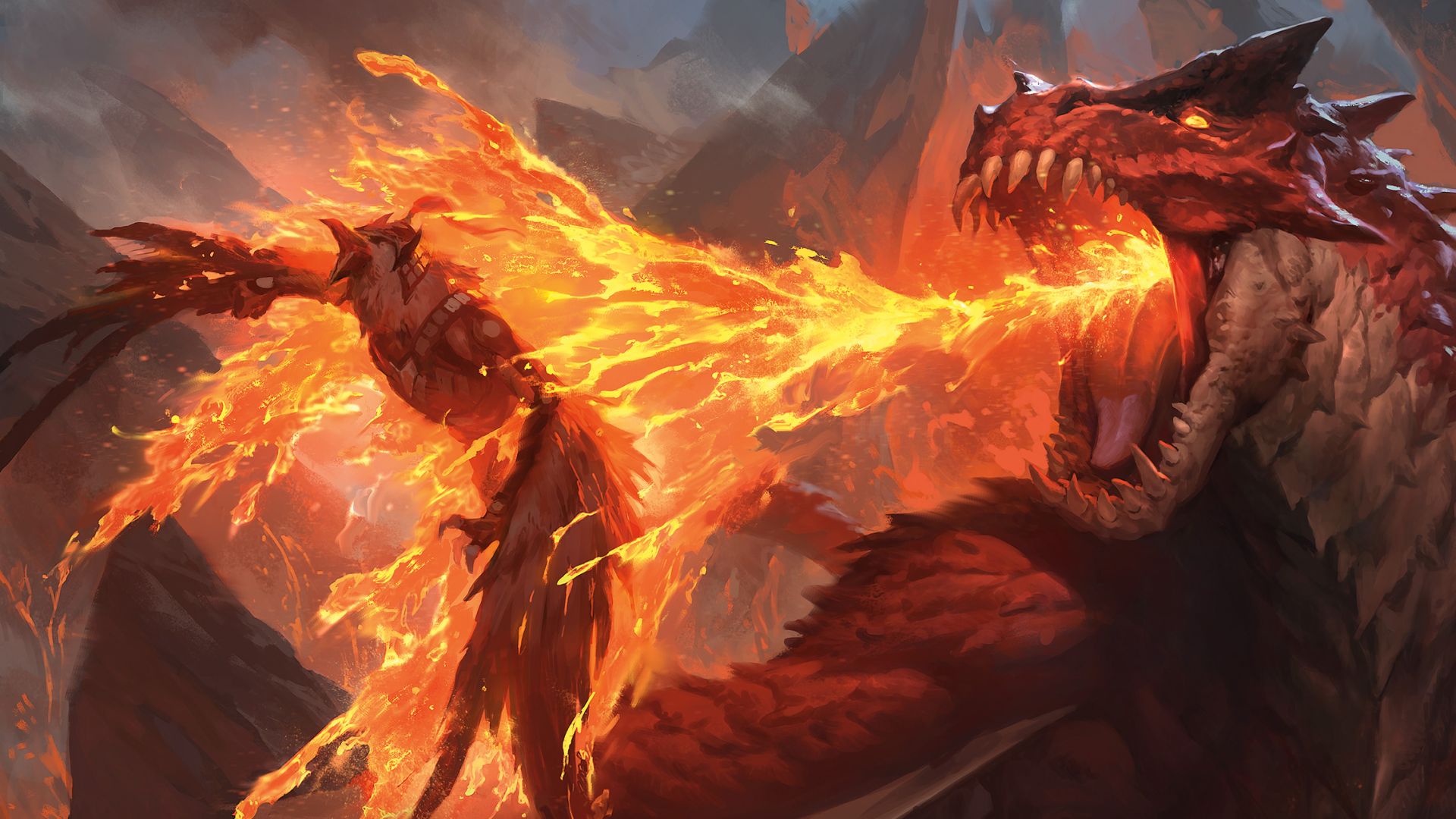
Mona Lisa and the Blood Moon hits theaters on Sept. 30, 2022.
Mona Lisa and the Blood Moon bathes New Orleans in a series of bizarre and unfortunate events influenced by the supernatural. Ana Lily Amirpour’s creativity balances what’s essentially a Louisiana metahuman origin with an American tale about broken dreams and impoverished kingdoms. The stacked cast gives into Amirpour’s Bourbon Street vanishing act about society’s treatment of those considered less than, or labeled as weirdos. It’s both earnest and eccentric — whimsical and sincere — as twangy, folksy ballads about blood moons rising help strengthen a fablelike mood that shines brighter than a reflection in the Mississippi River.
Jeon Jong-seo stars as Mona Lisa Lee, an escaped Korean asylum patient who flees to New Orleans for life outside padded walls. She’s been locked away because of her unique ability, which lets her take over another’s body and control them like a puppet. Amirpour balances Mona Lisa’s presentation well between the monster some see and the sheltered girl who wants to live without straightjacket fastens. Mona Lisa’s adventure crosses paths with stripper Bonnie Belle (Kate Hudson), policeman Officer Harold (Craig Robinson), and blacklight enthusiast Fuzz (Ed Skrein), all of whom see Mona Lisa as something different — but hardly the girl’s true identity.
Despite scenes with bonafides like Kate Hudson, Craig Robinson, and Ed Skrein, the interactions between Jong-seo and child actor Evan Whitten reign supreme. Whitten plays Bonnie’s neglected son Charlie, who bonds with Mona Lisa over feeling like an outcast, even a prisoner in his own home. Mona Lisa and Charlie both exude a childlike wonderment that attracts an unlikely friendship — Mona Lisa is an alien to outside worlds, Charlie an actual child — and the way they confront hardships together is nothing short of delightful. Whitten’s composed adolescent performance stands eye to eye with Jong-seo in terms of talent, whether they’re “heshing” their aggression out to metal music or taking down bullies with zero self-confidence. Mona Lisa and the Blood Moon features a wholesome pairing between the two that Amirpour never abandons, which is an essential balance considering the film’s back-and-forth tone.
New Orleans plays a vital role in Mona Lisa and the Blood Moon — a promiscuous playground where anything and everything will happen. Cinematographer Pawel Pogorzelski captures The Big Easy in all its territories, whether Bonnie sneaks Mona Lisa through drunken tourist crowds filling destination streets or Mona Lisa encounters loitering drug dealers outside Esplanade Food Store, next to the puking birthday girls. Amirpour utilizes the freewheeling nature of New Orleans, so it’s less about a thrilling chase where law enforcement is on Mona Lisa’s tail at every turn. There’s certainly a stealth aspect to Mona Lisa’s journey, yet it’s filled with cat fights outside late-night burger joints and other rambunctious events with nobody paying much mind. Locations are never afterthoughts, from Snacky’s (Cory Roberts) neon-laced nudie bar to dimly lit alleyways where Officer Harold has no backup.
Amirpour’s storytelling takes so many swings, one or two are bound to miss.
Where Mona Lisa and the Blood Moon stutter-steps is during tonal shifts because there’s an assurance that Mona Lisa is unstoppable given her powers. It’s a formidable safety blanket when Fuzz first starts putting moves on Mona Lisa — we can remain calmer and enjoy Skrein’s white trash hustler spitting game in a trade for off-brand cheese puffs because he’ll die if actions become unwanted. Other times, there’s a lack of tension as Mona Lisa confronts Officer Harold without the threat of her possibly being taken into custody. Daniele Luppi’s score and integrated campfire songs about the titular blood moon dance about with an upbeat nature, which causes some violent swings when characters are bruised and battered by just that — violent swings. Mona Lisa and the Blood Moon is everything from a morality test to a coming-of-age escape to a low-fi X-Men riff, which fits Amirpour’s typically wild ambitions but can be tonally overwhelming.
Amirpour’s brand is strongest when Mona Lisa is allowed to evolve and embrace the weirdness that is Fuzz’s stoner-chill compassion or Charlie’s pipsqueak resolve. Hudson’s portrayal of a single-mother dancer who sees Mona Lisa as a cash-grab opportunity through criminal means is accomplished, no doubt — but Mona Lisa and the Blood Moon better serves its tender moments. A stacked cast shows no cracks — Robinson the hobbling beat cop with his eyes set on Mona Lisa, Hudson the unconventional parent who needs a wakeup — yet Amirpour’s less convincing in the film’s darker confessions. Maybe that’s because Jong-seo and Whitten are an inseparable duo, shielding one another from painful realities. Nor does that diminish the expectedly aces work Hudson accomplishes when using Mona Lisa to scam low-tipping club patrons or admitting her motherly faults through sadness. Amirpour’s storytelling takes so many swings, one or two are bound to miss.







